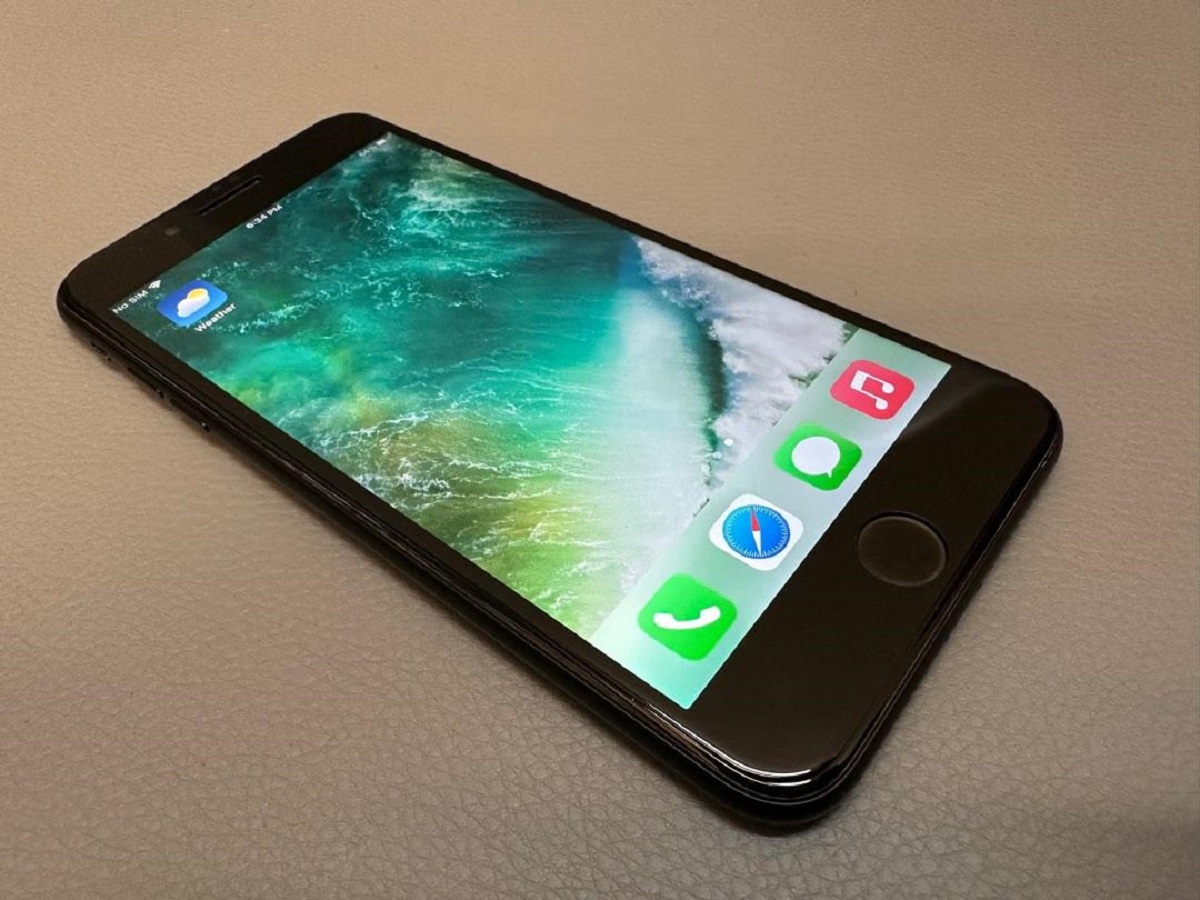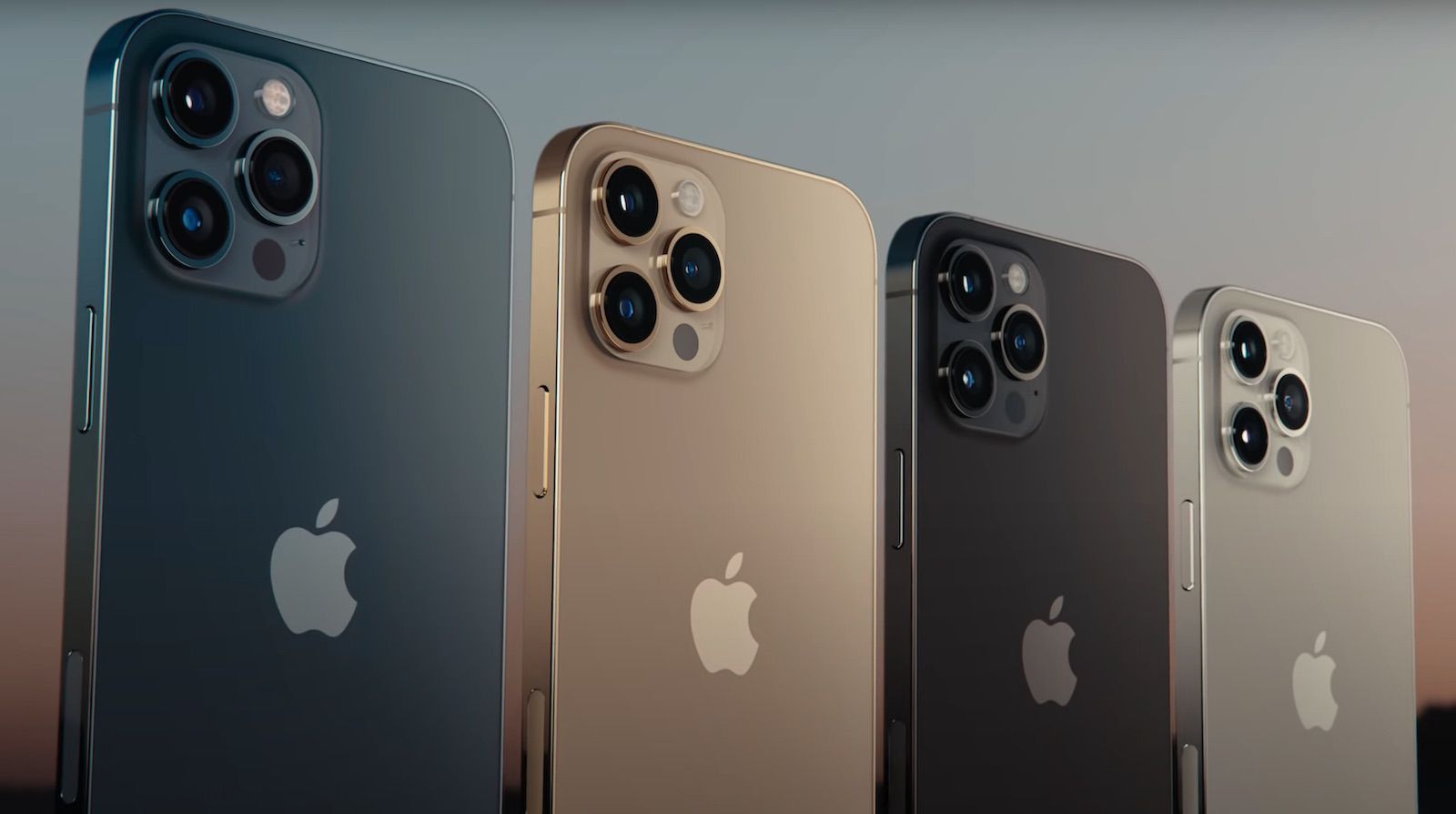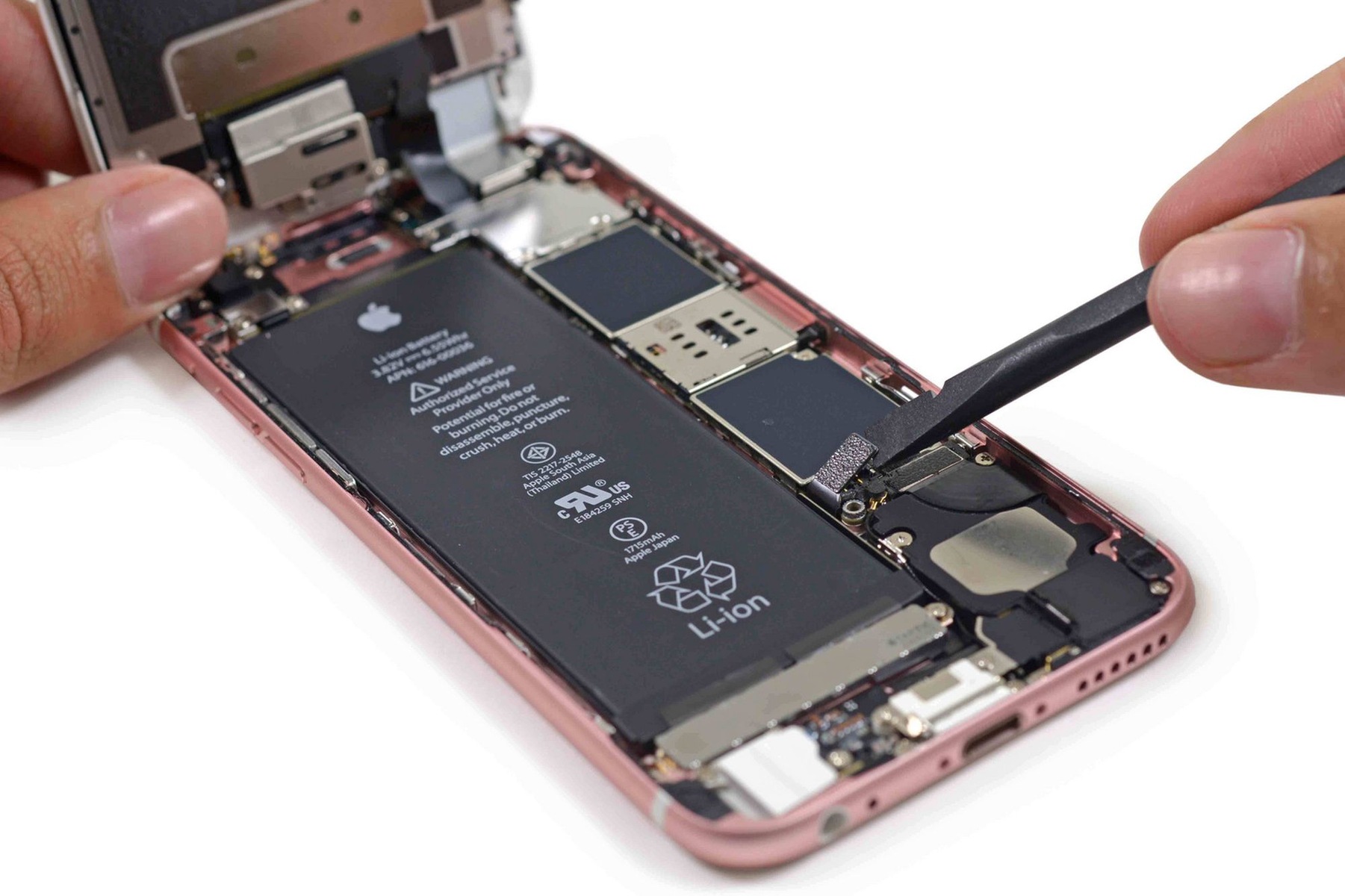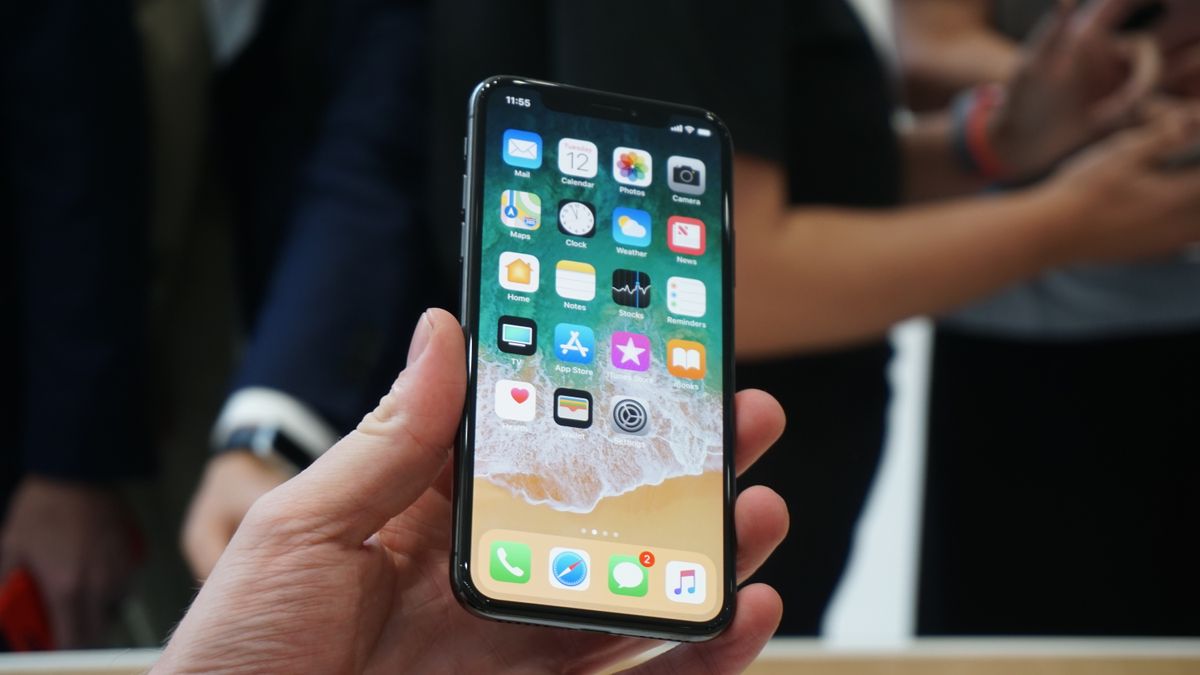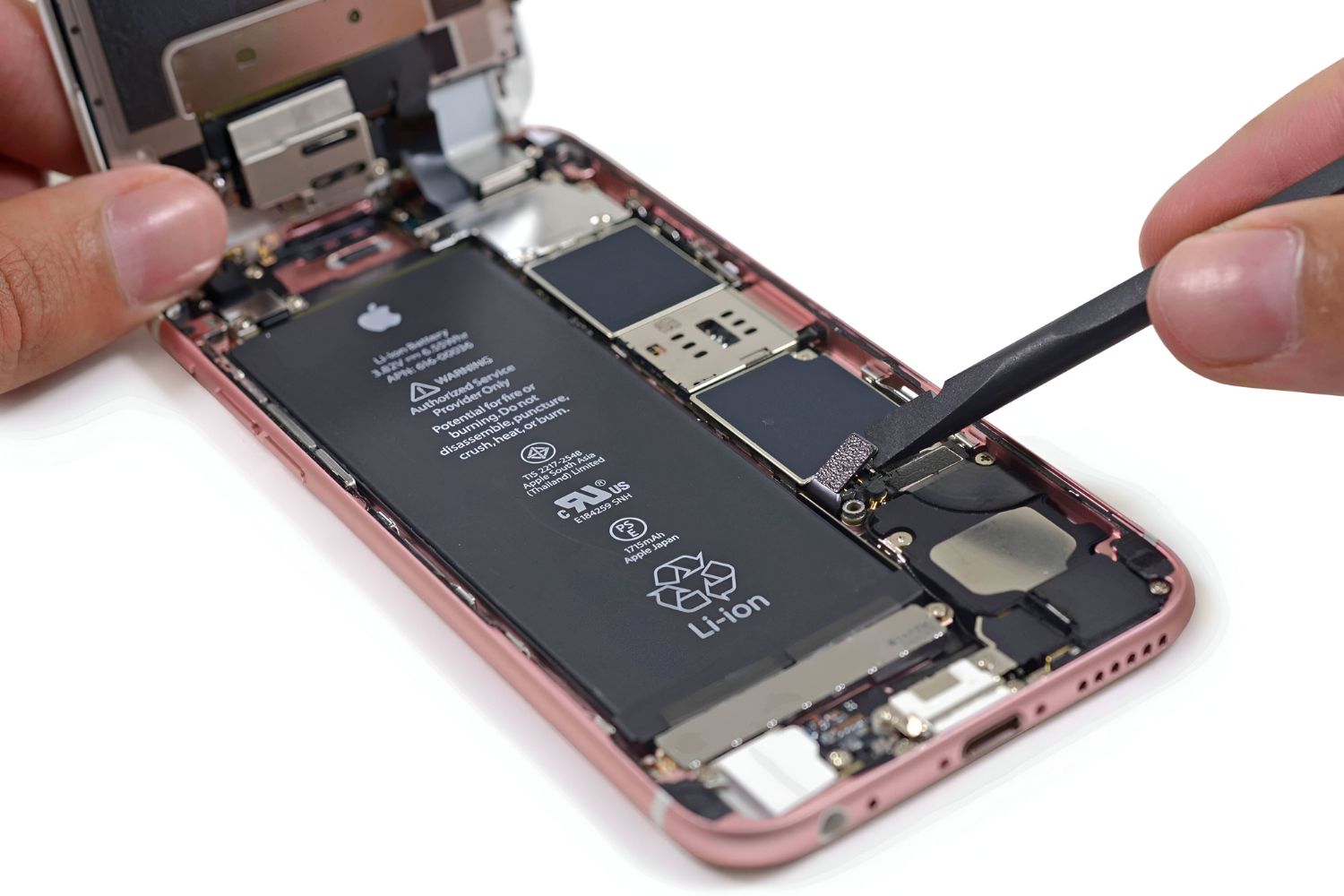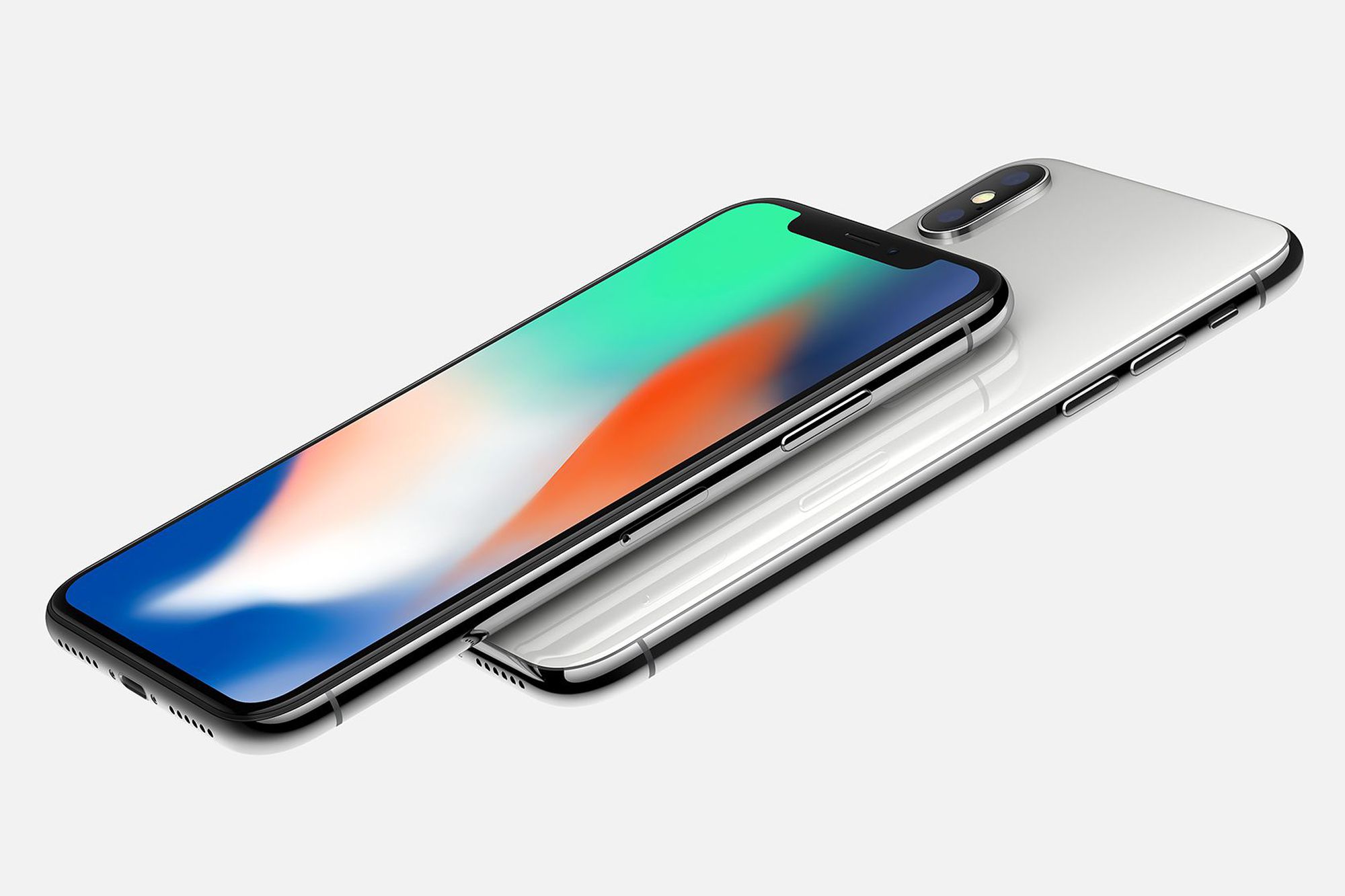Introduction
Welcome to a digital era where smartphones have become an indispensable part of our lives. From staying connected with loved ones to managing daily tasks, these devices have revolutionized the way we communicate and access information. One crucial component that determines the performance of a smartphone is its Random Access Memory (RAM).
RAM serves as a temporary storage space that allows a device to handle multiple tasks simultaneously. It plays a vital role in determining the speed and efficiency of a smartphone. With advancements in technology, RAM capacities have significantly increased over the years, enabling smartphones to handle more demanding tasks seamlessly.
In this article, we will focus on the RAM specifications of the iPhone 6S, a popular model released by Apple in 2015. We will delve into the benefits of having more RAM, explore why the iPhone 6S has 2GB of RAM, and discuss how RAM management works on this device.
So, whether you are a tech enthusiast eager to understand the intricacies of the iPhone 6S or someone looking for a new smartphone, this article will provide you with valuable insights into the RAM capabilities of this iconic device.
RAM in Smartphones
RAM, or Random Access Memory, is a vital component of smartphones that directly affects their performance. It serves as a temporary storage space for data that the device needs to access quickly. Think of it as a workbench where your smartphone keeps all the information it needs to perform tasks swiftly.
The amount of RAM in a smartphone determines its ability to multitask efficiently. When you open multiple apps or switch between them, your smartphone needs to store and retrieve data quickly. A larger RAM capacity allows the device to hold more data in its memory, resulting in smoother app switching and quicker response times.
In recent years, smartphones have seen significant improvements in RAM capacity. It wasn’t long ago when most devices had 1GB or even 512MB of RAM. However, as technology advanced, smartphone manufacturers recognized the need for more RAM to meet the demands of modern users.
Today, high-end smartphones boast RAM capacities ranging from 6GB to a whopping 16GB. This increase in RAM capacity enables users to run resource-intensive applications, play graphics-intensive games, and multitask with ease.
It’s worth noting that RAM is different from a smartphone’s internal storage. RAM is volatile memory, meaning it only holds data temporarily while the device is powered on. On the other hand, internal storage, commonly referred to as ROM, stores data permanently.
Having a sufficient amount of RAM is crucial for a smooth smartphone experience. Insufficient RAM can lead to sluggish performance, app crashes, and delayed response times. For power users and those who rely on their smartphones for productivity and entertainment, opting for devices with ample RAM is essential.
Now that we understand the significance of RAM in smartphones, let’s explore how much RAM the iPhone 6S has and why this particular model opts for a certain RAM capacity.
RAM in the iPhone 6S
The iPhone 6S, released by Apple in 2015, was an iconic smartphone that introduced several new features and improvements. When it comes to RAM, the iPhone 6S is equipped with 2GB, which may seem modest in comparison to some current flagship devices. However, it is important to remember that Apple has optimized its software and hardware integration to ensure efficient performance despite the relatively smaller RAM capacity.
Why did Apple choose to include 2GB of RAM in the iPhone 6S? The decision can be attributed to several factors, including the efficient memory management system and the specific requirements of iOS.
Apple has always been known for its emphasis on software optimization and creating a seamless user experience. By tightly integrating its hardware and software, Apple ensures that iOS efficiently manages the device’s resources, including RAM. This optimization allows the iPhone 6S to perform exceptionally well and handle multiple tasks without significant performance issues.
An important consideration in Apple’s decision to include 2GB of RAM in the iPhone 6S was the requirements of iOS. Unlike Android, which runs on a wide range of devices with varying hardware configurations, iOS is designed specifically for Apple’s devices. This means that iOS can be optimized to work efficiently with a specific amount of RAM, ensuring smoother performance and better overall user experience.
Although the iPhone 6S may have a smaller RAM capacity compared to some of its contemporaries, it is crucial to remember that RAM alone does not determine a device’s performance. The iOS ecosystem, coupled with Apple’s efficient memory management, allows the iPhone 6S to deliver a smooth and responsive experience, even with its 2GB of RAM.
In the next section, we will explore the benefits of having more RAM in a smartphone and how it can enhance the user experience.
Benefits of More RAM
While the iPhone 6S may have 2GB of RAM, some smartphones today offer significantly larger capacities. So, what are the benefits of having more RAM in a smartphone? Let’s explore:
1. Improved Multitasking: More RAM allows smartphones to handle multiple applications simultaneously without significant performance slowdowns. With ample RAM, you can switch between apps seamlessly, run resource-intensive applications, and multitask without experiencing lag or delays.
2. Faster App Loading: RAM plays a crucial role in how quickly apps load and respond to user interactions. With more RAM, apps can be stored in memory, reducing load times and enhancing the overall user experience. This is particularly beneficial when opening large apps or games that require substantial processing power.
3. Enhanced Gaming Experience: Gaming enthusiasts can benefit greatly from smartphones with ample RAM. Games with high-resolution graphics and demanding processing requirements can run smoother and have fewer frame rate drops on devices with more RAM. This allows for an immersive and enjoyable gaming experience.
4. Increased Performance for Resource-Intensive Tasks: Tasks such as video editing, 3D rendering, and running virtual machines require substantial processing power and memory. With more RAM, smartphones can handle these resource-intensive tasks more efficiently, ensuring smooth performance and reducing the likelihood of crashes or slowdowns.
5. Future-Proofing: As technology advances and new applications become more resource-intensive, having more RAM ensures that your smartphone remains capable of handling future software updates and demands. It allows your device to stay relevant and capable of running the latest apps and features without experiencing significant performance degradation.
While the iPhone 6S may not have the larger RAM capacities found in some current flagships, it is important to note that Apple’s optimization and efficient memory management make the most out of the available 2GB of RAM. For the average user, this amount of RAM is sufficient for day-to-day tasks, including browsing, messaging, and using popular apps.
Now that we understand the benefits of having more RAM, let’s delve into why Apple chose to equip the iPhone 6S with 2GB of RAM specifically.
Why 2GB of RAM?
When the iPhone 6S was released in 2015, it came with 2GB of RAM, which may seem relatively modest compared to some contemporary smartphones with higher RAM capacities. However, the choice of 2GB of RAM for the iPhone 6S was based on several factors that Apple carefully considered.
Efficient Memory Management: One of the reasons Apple opted for 2GB of RAM in the iPhone 6S is its efficient memory management system. Apple has always been known for its tight integration of hardware and software, allowing iOS to effectively utilize the available resources. This optimization ensures smooth performance, even with the relatively smaller RAM capacity.
Software and Hardware Integration: Apple’s control over both the hardware and software of its devices enables a seamless user experience. By designing iOS specifically for its devices, Apple can optimize the operating system to work efficiently with the available RAM. This integration ensures that users can enjoy a smooth and responsive experience, even with a smaller RAM capacity.
Battery Life Considerations: Another crucial factor in Apple’s decision to include 2GB of RAM is battery life. RAM consumes power, and a larger RAM capacity would require more energy. By balancing performance with battery efficiency, Apple chose to provide the necessary amount of RAM to deliver the desired performance while maximizing battery life for the iPhone 6S.
User Experience and Performance: It’s important to note that the average user’s daily smartphone usage does not always require large amounts of RAM. For most tasks like web browsing, social media, and messaging, 2GB of RAM is generally sufficient. Apple’s focus on optimizing the user experience and performance of the iPhone 6S allowed them to strike a balance between providing sufficient RAM and controlling costs.
Overall, while some contemporary smartphones offer larger RAM capacities, the iPhone 6S’s optimized software and hardware integration, along with efficient memory management, make the most out of the available 2GB of RAM. This decision ensures that users still experience smooth performance and can handle typical day-to-day tasks without any significant degradation.
Next, let’s explore how RAM management works in the iPhone 6S and how Apple’s optimization plays a crucial role in delivering optimal performance.
RAM Management in the iPhone 6S
RAM management plays a crucial role in optimizing the performance of any smartphone, including the iPhone 6S. Apple has designed iOS to efficiently manage RAM usage, ensuring smooth multitasking and responsive performance on devices with relatively smaller RAM capacities.
One of the key strategies Apple employs in RAM management is its intelligent app suspension technique. When you switch between apps on the iPhone 6S, the operating system intelligently freezes the currently unused apps in the background. This helps to free up RAM and allocate resources to the active app, resulting in faster app launching and improved performance.
Furthermore, iOS dynamically allocates memory based on the system’s needs. It intelligently manages background tasks, suspending or terminating apps that are running in the background when necessary. This proactive memory management ensures that RAM is utilized efficiently, preventing any unnecessary drain on system resources.
Apple’s emphasis on power efficiency also extends to RAM management. When your iPhone 6S enters a low-power mode or the screen is turned off, iOS takes additional measures to conserve power. It may reduce the allocated RAM for certain background processes, ensuring that the device runs smoothly while maintaining optimal battery life.
The iPhone 6S’s efficient RAM management is also evident in its ability to handle memory-intensive tasks. When you launch resource-intensive apps or perform demanding tasks like editing videos or playing graphics-intensive games, iOS intelligently adjusts memory allocation to ensure smooth performance without overwhelming the available RAM.
It’s important to note that, due to Apple’s tightly controlled ecosystem, iOS is designed to work optimally with the available RAM capacity. Apple’s software optimizations, coupled with their integration of hardware and software, ensure efficient memory management, resulting in a seamless user experience on the iPhone 6S.
While the iPhone 6S may have a smaller RAM capacity compared to some contemporary devices, its sophisticated RAM management system helps deliver consistent performance and allows users to multitask without experiencing significant slowdown or memory-related issues.
Now that we have explored the RAM management in the iPhone 6S, let’s summarize the key points discussed in this article.
Conclusion
In this article, we have examined the role of RAM in smartphones, specifically focusing on the iPhone 6S. Despite its relatively smaller RAM capacity of 2GB, the iPhone 6S showcases Apple’s optimization and efficient memory management, delivering a smooth and responsive user experience.
We explored the benefits of having more RAM in a smartphone, including improved multitasking, faster app loading, enhanced gaming experience, increased performance for resource-intensive tasks, and future-proofing. While larger RAM capacities are now common in flagship devices, the iPhone 6S’s 2GB of RAM is deemed sufficient for most day-to-day tasks.
We discussed why Apple opted for 2GB of RAM in the iPhone 6S, considering factors such as efficient memory management, software and hardware integration, and battery life considerations. The combination of these factors allowed Apple to strike a balance between performance and power efficiency.
Furthermore, we explored how RAM management works on the iPhone 6S, highlighting Apple’s intelligent app suspension technique, dynamic memory allocation, and power-efficient strategies. These optimizations ensure that RAM is utilized efficiently and that the device performs optimally without compromising on battery life.
While the iPhone 6S may not have the larger RAM capacities found on some contemporary devices, it remains a capable and reliable smartphone that offers a seamless user experience. Apple’s focus on integration, optimization, and efficient memory management showcases its commitment to providing users with a device that performs exceptionally despite its RAM capacity.
Whether you are a current iPhone 6S user or someone considering this iconic device, understanding the role of RAM and the efficiency of its management ensures that you can make informed decisions about your smartphone usage and expectations.
Remember, the iPhone 6S proves that performance is not solely determined by RAM capacity but rather the thoughtful integration of hardware and software, illustrating Apple’s commitment to delivering an exceptional user experience.









